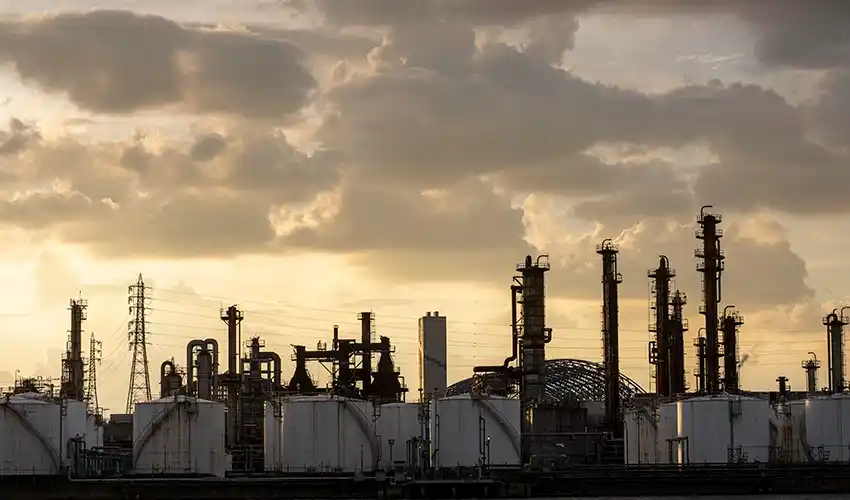تاریخ بروزرسانی(Update Date): 17th February 2025
Oil and gas equipment supply companies are a type of industrial and service-oriented business responsible for providing the necessary equipment for the oil and gas industry. These tools and devices cover a wide range of applications used at various stages, from exploration and drilling to extraction, transportation, and refining.
One category of these companies, known as EPC (Engineering, Procurement, and Construction) companies, not only supply equipment but also take responsibility for the installation, commissioning, and full execution of projects. These companies play a crucial role in the success of oil and gas projects by offering comprehensive services.
Categories of Equipment in the Oil and Gas Industry
The equipment required in the oil and gas industry is extensive and diverse, encompassing a wide range of tools and devices. Depending on the type of operations and processes, this equipment can be classified in various ways. One common method divides the equipment into two categories: static and rotating equipment.
Static Equipment
Static equipment refers to those devices that do not have mechanical movement:
- Storage Tanks: Used to store liquids and gases such as crude oil, petroleum products, or water, playing a crucial role in inventory management and operational stability.
- Heat Exchangers: These devices transfer heat between two fluids and help in heating or cooling fluids during industrial processes.
- Reactors: Responsible for carrying out chemical reactions in refineries and petrochemical plants, they are used to produce final products such as fuels or chemicals.
- Oil, Gas, and Water Separators: These devices separate oil, gas, and water produced from wells for individual use or processing and are a vital part of upstream operations.
Rotating Equipment
Rotating equipment includes devices with moving and rotating parts, commonly used in various operational sectors:
- Turbines: Convert gas or steam energy into mechanical energy, which is then used to drive pumps, compressors, or generate electricity.
- Pumps: Used to transport liquids, such as crude oil, water, or fuel, in various processes, playing a key role in maintaining material flow.
- Compressors: Compress gases to increase their pressure for transportation through pipelines or use in industrial processes.
- Electric Motors: Convert electrical energy into mechanical energy to drive various equipment such as pumps and compressors.
Importance of Oil and Gas Equipment Suppliers
Oil and gas equipment suppliers play a pivotal role in the value chain of this industry. By providing high-quality and standard-compliant equipment, these companies enhance the efficiency and safety of oil and gas projects. Without their presence, complex operations such as drilling, extraction, transportation, and refining would face significant challenges. High-quality equipment contributes to the production of superior products; for instance, using high-standard equipment in crude oil refining results in the production of better-quality isobutane.
What Makes a Good Oil and Gas Equipment Supplier?
- Expertise and Technical Knowledge:
A suitable supplier must be well-versed in the standards and requirements of the oil and gas industry and capable of providing expert advice on selecting equipment that matches project needs. - Provision of High-Quality and Standard Equipment:
The supplied products should comply with international standards (such as API, ISO) and be made from high-quality materials. - Extensive Supply Network and Strong Relationships with Manufacturers:
This feature ensures a robust connection between manufacturers and consumers, playing a significant role in improving quality, reducing costs, and increasing the efficiency of oil and gas projects. - Adherence to Safety and Environmental Regulations:
Suitable suppliers provide equipment that minimizes operational risks such as hazardous material leaks or fires and ensures safety performance. Additionally, this equipment should help reduce air, water, and soil pollution while optimizing energy consumption.

